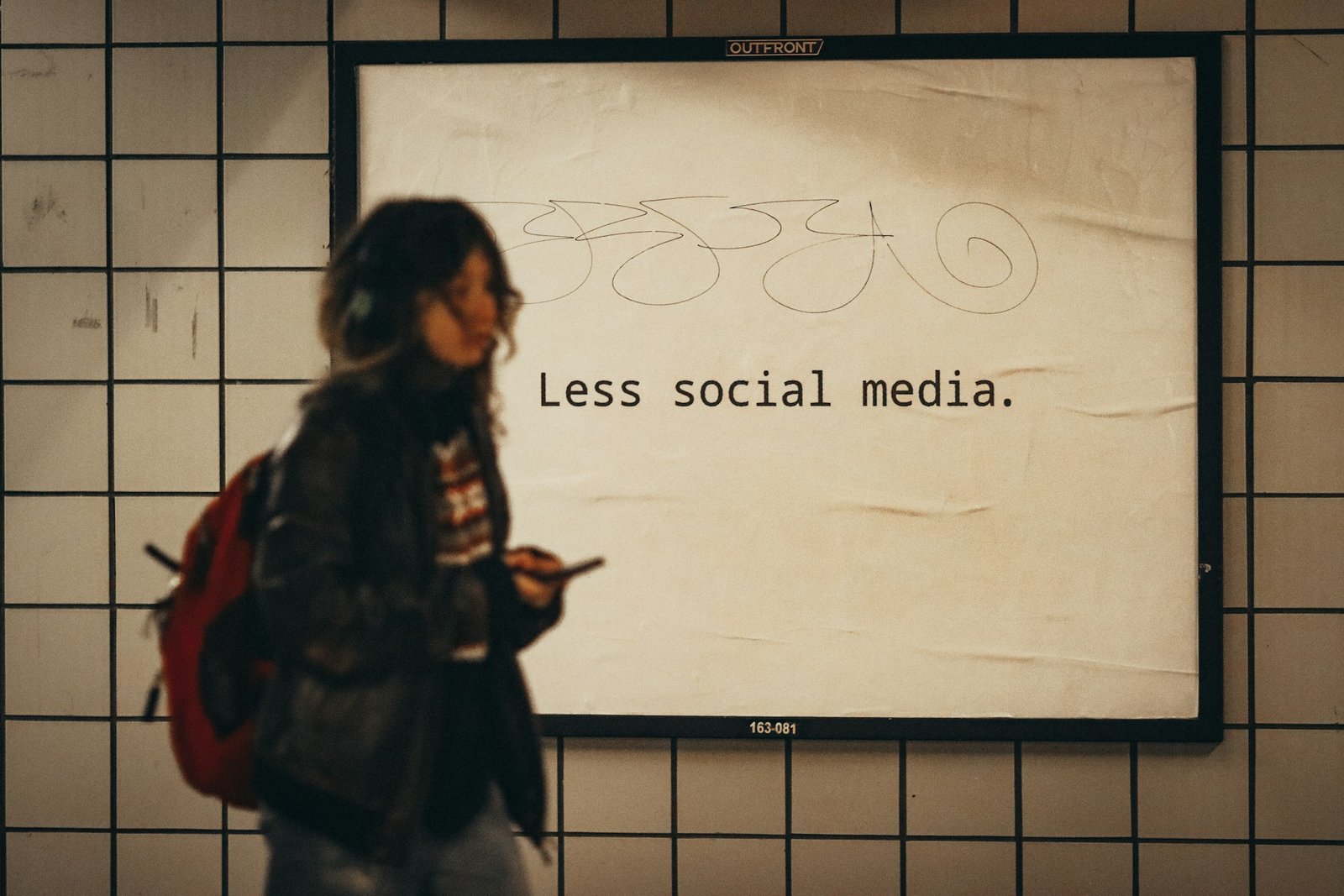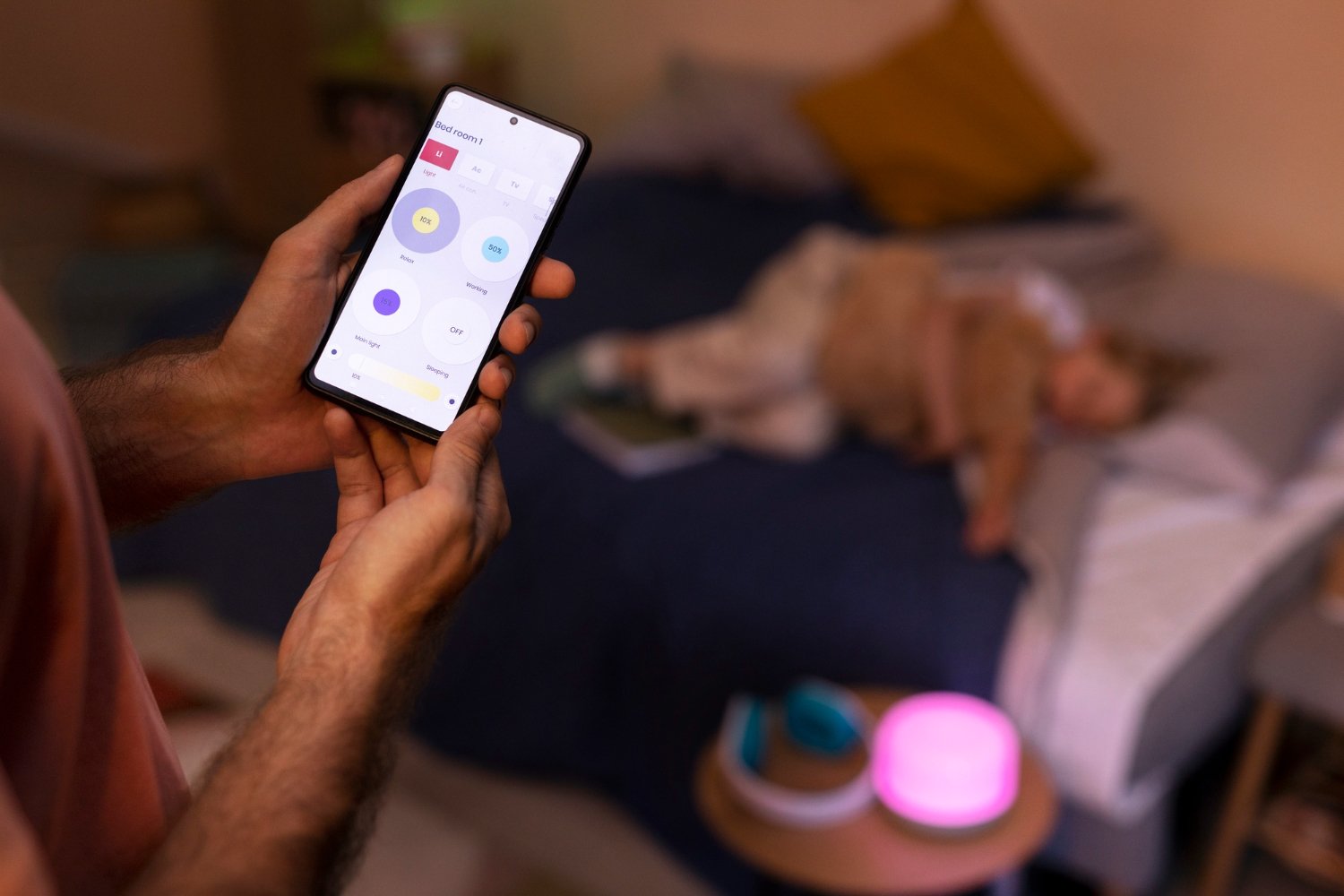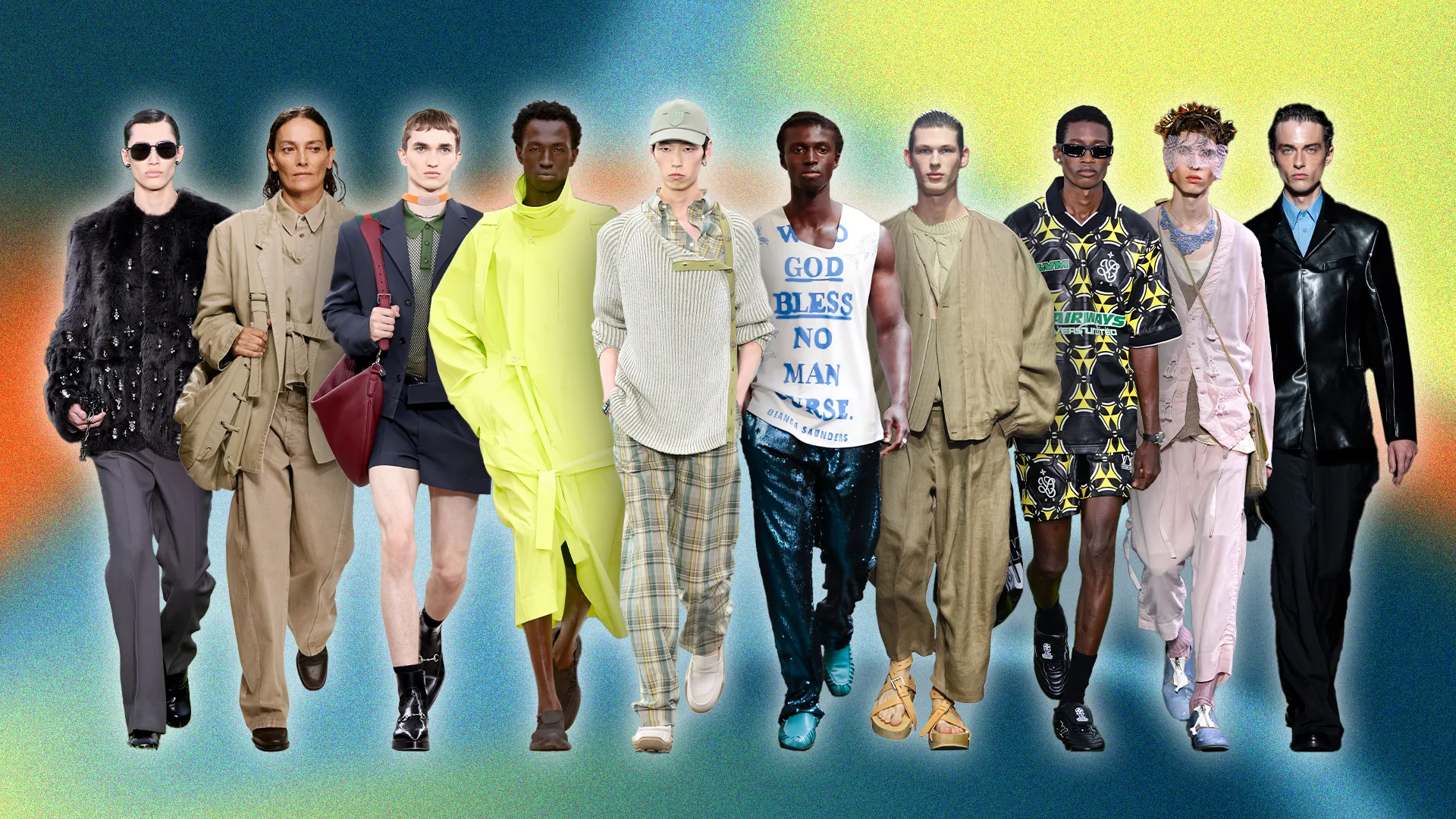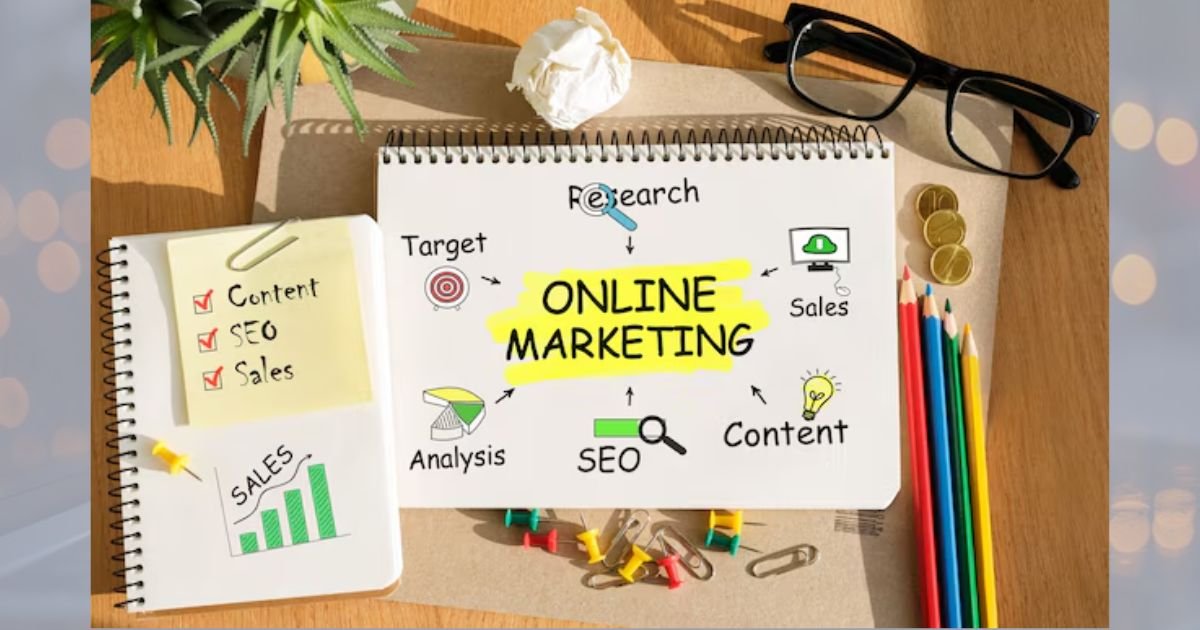General
The Psychology of Likes: What Social Media Is Really Doing to Your Brain

A simple “like” on social media can mean a lot more than you think. We can change how we feel about ourselves and other people by giving them a heart on Instagram, a thumbs up on Facebook, or a share on Twitter. Social networking sites now significantly shape how we perceive ourselves and define who we are, even though they were created to help people connect. When we post something and wait for someone to respond, our brains often do things that we aren’t even aware of.
Liking something doesn’t always make us happy. Sometimes, it makes us sad and nervous. But why? What do we think about when we use social media? What’s the point of likes? How do they make us feel? How are social networks designed to keep us interested? If we know what’s going on in our heads, we can be safer on social media and protect our mental health.
The Dopamine Feedback Loop and the Brain’s Reward System
A neurotransmitter called dopamine makes you feel good when someone likes your post. You want to keep doing what you’re doing because this rush makes you feel good and happy. Social media, like gambling and sweet foods, uses the brain’s reward circuitry to drive use by offering intermittent positive feedback. These sites are even more addictive because it’s hard to tell when you’ll get social perks like likes and follows. Over time, the brain starts to crave these digital reassurances. This makes people more likely to post frequently, seek approval from others. Moreover, it prioritises their online profile over their offline activities. This feedback loop can gradually alter how people behave and what they choose to do.
Validation-Seeking Behavior and the Erosion of Authenticity
Social media makes people choose what to share, not because they want to express themselves, but because they want to get approval and praise. People regularly modify their posts to acquire more likes, shares, and positive comments. This change encourages people to act in ways that aren’t true to themselves, like putting fame ahead of being themselves. Over time, people may lose touch with who they really are and base their sense of self-worth on how others treat them instead of their own inner ideals. As the line between real and fake becomes less clear, people may find it hard to make real bonds, both online and off. This could hurt their mental health in the long run.
Social Comparison and Its Impact on Self-Esteem
Often, people who use social media compare their lives to carefully curated versions of others’ lives. When you compare yourself to someone you look up to, you usually think about what you don’t have, which makes the comparisons negative. Because their identities are still forming, teens and young adults are more likely to experience low self-esteem as a result. Even successful people may feel horrible about themselves because they make others seem better in highlight reels. People who constantly compare themselves to others worry, feel depressed, and have the wrong idea of how valuable they are. Even when they know the lies aren’t true, emotionally hurt people still feel the pain. This shows how badly these similarities can hurt mental health.
The Illusion of Connection and Emotional Disconnection
Social media claims to bring people together, but it often only allows them to connect on a superficial level. Because texting and emojis aren’t as deep and complex as talking to someone in person, they can’t show how you feel. People may become less mentally intelligent, less empathetic, and more isolated as a result of this change. People can have a lot of online friends, but that doesn’t necessarily mean they’re truly friends with those individuals. However, the brain may still perceive these brief exchanges as social satisfaction, leading people to believe they are more social than they are. As a result, real-life social skills may deteriorate, making it more challenging to form and maintain genuine human connections over time.
Algorithmic Influence and Manipulation of Attention
The point of social media is to get people to use them more, which can be bad for their mental health. These applications assess user behavior and preferences to deliver social media users relevant material. Personalization may seem helpful, but it subtly alters people’s attention spans and decision-making processes. People are stuck in endless scrolls that make them feel and support their preconceptions. This carefully planned setting creates echo chambers, which make people more likely to repeat the same actions over and over. The brain’s attention is split up due to social media use, which makes it harder to concentrate or think deeply. People’s ability to think critically, be creative, and be independent can be hurt over time by regularly watching content chosen by algorithms. This can change how they interact with the world.
Conclusion
A quick look at how people use social media isn’t enough to understand how likes work in the mind. We need to examine the physical and mental responses that these tools elicit more closely. Social media platforms are changing more than just how we talk. It’s changing everything from the good effects of dopamine-fueled reward to the bad effects of constant comparison in social media engagement. It changes the way we think, feel, and talk to each other. Social media users are slightly but heavily affected every time they log in. This is due to the illusion of closeness and the way the algorithms are modified.
Without question, social media helps people connect and build communities. However, it also poses risks that people need to be aware of and address. The first step toward change is becoming aware of it. By understanding how social media affects people, they can begin to take back control, set boundaries, and prioritize their mental health over digital validation. It’s essential to find your worth beyond screens, especially now that likes can alter our mood and give our lives meaning. We need to reconnect with the more meaningful, private aspects of being human that truly help us.
General
The Astronomer Coldplay Concert Scandal: A Viral Story That Shook the Internet

The Coldplay concert at Gillette Stadium in Boston was supposed to be a night of music, lights, and pure entertainment. People from all over the country came to see Chris Martin and his band play their famous hits. However, an unexpected part of the show garnered a lot of attention and became one of the biggest viral stories of 2025.
An image from the famous “kiss cam” showed Andy Byron, CEO of the tech company Astronomer, and Kristin Cabot, Chief People Officer of the business, kissing.
This image sparked rumors, memes, and heated online arguments. Both executives are married, and the viral film made a lot of people think they were having an affair. Things worsened as the video went viral, affecting not only their personal lives but also the business’s reputation. People are now talking about this event everywhere, from business boardrooms to social media sites. It brings up important questions about ethics at work and public exposure.
The Night of the Coldplay Concert
One of the best parts of Coldplay’s “Music of the Spheres” World Tour was the show at Gillette Stadium on July 16 and 17, 2025. That night, there were beautiful images, moving songs, and a stadium full of fans. During a lighter moment, the stadium’s kiss cam caught several pairs in the crowd kissing. Right away, people noticed how awkward Andy Byron and Kristin Cabot looked when the camera landed on them.
The two people didn’t smile or play along; instead, they looked startled and uncomfortable as they tried to avoid the camera’s eyes. Chris Martin laughed and said, “Either they’re having an affair or they’re very shy,” which made the moment memorable. No one knew that this casual comment would cause a huge stir online, and people made the couple’s names public soon after the event. This wasn’t a normal fan episode; it turned into a scandal that affected many people.
Who Are Andy Byron and Kristin Cabot?

Andy Byron is the CEO of Astronomer and is well known in the tech world. He took over as CEO of the company in July 2023 and led it through rapid growth, bringing its value to over $1 billion. Kristin Cabot is the Chief People Officer of the company and holds a very important role. She is responsible for HR and the company’s workplace culture. Since both executives are married, the viral kiss cam tape caused even more trouble. People quickly identified the two individuals by reviewing their LinkedIn accounts and other online data. Because the story went global, they gained widespread recognition very quickly. For many people, the scandal raised questions about the honesty of top executives at work and the risks of forming personal connections. Because they worked at Astronomer, this was both a personal and a business problem, which made the consequences even worse.
The Viral Storm and Public Backlash

Shortly after the show, the kiss cam video went viral on X (formerly Twitter), TikTok, and Instagram, among other platforms. People broke down every part of the video, sharing jokes and making guesses about how Byron and Cabot are related. It wasn’t just a funny moment at a show; it turned into a major scandal that people discussed for days. The press quickly picked up the story after Chris Martin made a comment on stage that exacerbated the situation. Internet detectives revealed that both individuals were married, which worsened things and led to widespread criticism and jeering. The public’s anger extended beyond the executives’ personal lives and began to tarnish Astronomer’s image. Many people called for accountability, and workers and investors were closely watching how the company handled the growing scandal.
Corporate Fallout and Resignation

The scandal quickly went from being just a rumor on social media to a full-on business disaster. The company itself investigated the leaders of an astronomical society. Andy Byron resigned as CEO on July 19, 2025, for personal reasons, despite the crisis still being ongoing. Pete DeJoy, who helped start the company, took over as temporary CEO to handle the mess. While the probe was ongoing, the company placed Kristin Cabot on administrative leave. This event made it clear how personal behavior can impact professional jobs, especially at the executive level. It also led to discussions about power dynamics, conflicts of interest, and workplace relationships. The controversy hid Astronomer’s business successes and threw its leaders into chaos, overshadowing its reputation for innovation in data and analytics. Now, the company must work hard to regain the trust of its workers, customers, and shareholders.
Lessons from the Scandal
The scandal at the Astronomer Coldplay show is more than just a big story; it’s also a lesson. It reminds us that what we do at home, especially in public, can impact our jobs. Executives must adhere to rules and be honest to avoid conflicts of interest and protect the company’s reputation. The event also prompts us to consider what public exposure means in the digital age. A simple kiss cam moment turned into a controversy that went viral, illustrating how quickly something private can become a global news story. Companies are now reevaluating their workplace policies—particularly those governing the interactions between top leaders. People will likely discuss this event and its impact on company governance and professional ethics for a long time to come. This is also a reminder that in today’s world of cameras and social media, there is no such thing as a truly private time.
Conclusion
The Coldplay concert scandal involving the Astronomer began as an awkward moment and turned into a big public and business scandal. What might have been a short-lived event went viral, revealing the private lives of two executives and causing a heated discussion. Andy Byron’s exit as CEO and Kristin Cabot’s leave of absence are both examples of how bad it can be to act personally at work. This story is about more than just a show or a kiss cam. It’s about morals, duty, and the internet’s power. Astronomer now has to work hard to regain their image while people still discuss what happened. The lesson is clear: in a time when everything can be recorded and shared, your choices matter greatly. There has never been less of a line between your private life and your public image, whether you are famous or not.
Business
The Power of the Best Guest Posting Services and Local Blog Strategies

Guest posting is now a crucial part of digital marketing, as it helps people discover your site and increases your visibility. When done correctly, guest posting can help you reach new audiences, improve your search engine rankings, and establish trust in your brand. That being said, not every guest writing is the same. That’s where the power of the best guest posting service shines. They know how to get your content on high-quality, relevant websites so you can maximize traffic and influence. Along with guest posting, utilizing local blog tactics is another effective way to enhance your online presence.
Guest posting on local blogs can help businesses establish a strong community presence while gaining the trust of local customers. It’s a good mix of global reach and local community involvement. The best guest posting services and local blog techniques work well together to help your website attract more visitors and rank higher in search engines. We’ll talk about how these tools work, what they can do for you, and how they can improve your digital marketing approach in this blog.
What Makes the Best Guest Posting Service Stand Out
A good guest posting service does more than just post material; it also provides expert advice and valuable information. Relevance, quality, and influence are the key focus areas. The best guest posting service will carefully select websites that have a high volume of visitors and a strong domain reputation. This makes sure that people see and value your work, not just publish it. Additionally, these services handle the entire process, from reaching out to people and creating content to publishing it.
This helps businesses save time and get useful results. When you work with professionals, you can be confident that your content will blend seamlessly with the host site and add genuine value without appearing promotional. They also monitor performance to see if traffic and results are improving. When you use the best guest posting service, it’s easy for your brand to get more respect and attention. There’s more to it than just numbers.
SEO Benefits of Guest Blogging You Should Know
Writing guest posts is more than just a way to get your name out there. It’s very important for SEO. A valuable backlink is made when your story is posted on a trustworthy blog with a link back to your site. As a result, your domain’s popularity will increase. Increasing organic traffic is one of the most significant SEO benefits of guest blogging. Search engines like Google prefer high-quality backlinks. This can help your rankings. Over time, these special posts make search engines think that people can trust and find your site more easily.
This is also a great way to incorporate keywords naturally. Guest posts can be about specific topics, which can help you get the right readers. Referral traffic also increases because posts on various blogs reach new audiences. When you use the best guest posting service and follow their advice, guest blogging turns into a reliable SEO tool that gives you long-lasting benefits.
Unlocking the Benefits of Guest Blogging for SEO
Guest posting is a great way to attract more visitors to your website. First, it lets new readers know about your business. This makes people more aware of your brand and helps you connect with readers in your area. The benefits of guest blogging for SEO include better search engine visibility, higher authority, and more relevant backlinks. Better content marketing is another perk. Well-written guest posts showcase your expertise and help readers trust you. They also let people share your post on social networks, which increases its impact.
Writing guest posts regularly can help you become a thought leader in your field. What’s more, guest posting adds up over time if you do it regularly through the best guest posting service. Your internet reputation gets better with every link and mention. Any business, regardless of its size, can utilize this low-cost yet effective marketing method. You can see and measure the benefits whether you’re a small business or a big brand.
How Guest Posting on Local Blogs Strengthens Your Brand
Guest posting on local blogs brings a unique advantage – community connection. When you write for blogs in your city or region, you’re talking to people in your area. This makes people trust your business more and gives it a more friendly and credible appearance. Many guest posts on local blogs bring a unique advantage – community connection. They have loyal viewers who appreciate personalized advice. It’s like getting a recommendation from a trusted friend when your work shows up on these sites.
You can also improve your local SEO by showing up on websites that are about the area you want to target. This makes your business more visible in area search results. Local material that regularly features a business builds trust with both search engines and people in the area. If you use the best guest posting service along with this, you’ll get expert-level placements that make your online profile stronger. Not only does it enhance your online presence, but it also helps you attract local clients.
Combining Services and Strategy for Maximum Impact
Businesses achieve better results when they utilize the best guest posting service and local blog tactics in tandem. You benefit from both the strength of high-domain placements and the warmth of being part of a group. A well-rounded plan for guest posting can reach people worldwide and in your local area. Simple: put out useful information, get backlinks, and earn people’s trust. This mix enhances search results, attracts more visitors, and drives more sales.
Local blogs help you stand out in your area, and national blogs make you more credible in your field. You can also add various types of backlinks to your page, which will strengthen and enhance your SEO. Your content reaches the right audience, and your company connects with the right people, thanks to the help of professionals. Plan your posts before you make them. A focused plan led by experts can help you stand out, grow steadily, and stay ahead of your competitors.
Conclusion
Many tools and trends exist in the world of digital marketing, but few have the long-lasting impact of guest blogging. There is more than just content placement when a business hires the best guest posting service. They get access to strong backlinks, new viewers, and more credibility online. When you do guest posts on local blogs, you can connect with the community and improve your local SEO. It’s easy to see how guest posting can benefit your SEO: higher rankings, increased traffic, and enhanced credibility.
The benefits of guest blogging for SEO are clear: improved rankings, increased traffic, and enhanced credibility. But quality, not number, is what you need for success. That’s why it’s important to use a guest posting service you can trust. You need a plan, accuracy, and to be on the right channels. If you utilize this powerful tool effectively, your online business will grow over time. Digital marketing is highly effective when combined with the best services and smart local strategies.
General
Top Mental Health Apps for Teens: Free Tools to Manage Anxiety and Boost Well-Being in 2025

There are many social and mental health problems that teens today have to deal with. Life can become overwhelming at times, with stress from school, group pressure, and constant exposure to social media. Many young people struggle with managing their worries, staying focused, or finding safe ways to express their feelings. Thankfully, technology is making things easier. Mental health apps specifically designed for teens are helpful tools that can help them manage stress, develop emotional resilience, and enhance their overall well-being.
It is easier than ever to get help with these apps because they are private, simple, and often free. With features like mood tracking, guided meditations, journaling prompts, and even AI-driven chatbots, these digital tools are becoming something that many teens use every day. They help kids form better habits, feel less stressed, and have more control over their feelings. This blog explores the top mental health apps for teens in 2025, highlighting some of the best free mental health apps and mental health apps for anxiety that are truly making a difference.
Mood-Tracking and Journaling Apps
Teenagers can better understand how they feel with the help of mood-tracking apps. Users can start to see trends in their mental health by keeping track of their daily thoughts and actions. Most of the time, these apps have journaling tools that let teens write about their day in private. Writing in a journal helps you relax and think more clearly. Some of the best mental health apps for teens include mood charts, gratitude journals, and daily prompts. They’re simple to use and help people become more emotionally aware over time.
Many of these tools also include exercises to help you relax and motivational words to keep you motivated. In 2025, apps like Moodpath and Daylio are becoming increasingly specialized by utilizing AI to suggest beneficial activities. These apps are especially helpful for kids who are going through ups and downs because of stress or anxiety. They are some of the best free mental health apps out there right now, and they give you a safe way to express yourself and think. Discovering what triggers negative emotions can help teens take control of their feelings.
Guided Meditation and Breathing Exercises
Teenagers often have problems with their mental health; among them is anxiety. Luckily, mental health apps for anxiety that help with worry often come with guided meditation and breathing exercises. These activities help kids clear their minds and get back on track. Meditation songs that are easy to follow can be found for free on apps like Headspace and Insight Timer. Some apps are specifically designed for teens and feature soothing voices and subjects that teens can relate to.
Breathing techniques, especially those accompanied by pictures or sounds, can help calm a racing mind. You can do these routines anywhere, before or after a test or when you’re feeling stressed. They only take a few minutes. Many of the top mental health apps for teens have daily check-ins and notes to keep them on track. Regular use of these tools can help you sleep better, feel better, and have less worry and panic. They are some of the best free mental health apps that help you stick to good routines and take care of yourself.
Mental Health Chatbots and Peer Support
Teenagers often need to talk to someone, but it can be intimidating to discuss personal issues with a parent or doctor. This is where robots for mental health come in. These digital friends help you by having talks that feel private and personal. Based on cognitive-behavioral therapy (CBT), chatbots like Woebot and Wysa offer pre-written answers. They help people deal with negative thoughts and change their thinking in healthy ways. These tools are designed to listen without judgment, providing a safe space for people to express their feelings or release them.
Teens can share their stories and get help from other teens anonymously in some of the best mental health apps for teens. It can be comforting to know that you are heard and that other people share the same feelings. These apps are especially helpful for people who feel alone or anxious. These are some of the best free mental health apps that offer help 24 hours a day, 7 days a week. Teenagers can feel less alone when they know they can get help quickly.
Tools for Focus and Digital Detox
A lot of kids have trouble focusing and getting tired of screens, which can make their anxiety worse. Some of the top mental health apps for teens now help kids reduce their screen time and improve focus. Teenagers can use these tools to create quiet spaces for studying or resting, take regular breaks from screens, and spend less time on social media. Timers and prizes are used in apps like Forest and Focus Keeper to help you change the way you focus. Some even allow users to grow fake trees or earn points for not using distracting apps.
These features encourage teens to use their time in a fun and useful way. Focus tools can also help you feel less stressed when you’re doing many things at once. Using screens less can help you sleep better and feel less stressed. These are some of the best free mental health apps because they help you get things done and take care of yourself at the same time. Small changes to how kids use technology can make a big difference for those who are dealing with anxiety or burnout. Individuals who utilize these tools are reminded that maintaining a balance is crucial for their mental well-being.
Conclusion
Now more than ever, mental health is important, especially for teens who are dealing with school, relationships, and big changes in their lives. Digital tools aren’t just a bother in 2025; they’re part of the answer. You can get help, learn, and improve your mental health with the top mental health apps for teens. These apps meet kids where they are by providing them with tools such as mood trackers, journals, chatbots, and focus aids. Many of them are free, making it easier than ever to get help.
Whether someone has worries or just wants to feel better every day, these tools make it easy to form good habits. Teenagers can learn how to take care of their mental health in ways that don’t feel forced or critical. Some of the best free mental health apps can’t replace professional help, but they can help teens and young adults take small steps toward recovery and growth. In a world full of stress, these apps can help you feel better emotionally and find peace within yourself.
-

 Crypto7 months ago
Crypto7 months agoTop Altcoins Outperforming Bitcoin in 2025
-

 Business7 months ago
Business7 months agoDiscussing How Climate Change Is Influencing Men’s Fashion
-

 Fashion1 year ago
Fashion1 year agoThe Ultimate Guide to Fall 2024 Fashion Trends You Can’t Miss!
-

 Business6 months ago
Business6 months agoHow to Buy Trump Coin in 2025: Step-by-Step Guide + Price Prediction Insights
-

 Business1 year ago
Business1 year agoBest SEO Tools for Small Businesses: A Beginner’s Guide
-

 General5 months ago
General5 months agoThe Astronomer Coldplay Concert Scandal: A Viral Story That Shook the Internet
-

 Business1 year ago
Business1 year agoThe Ultimate Guide to Amazon Advertising: Mastering Amazon Ads for Success
-

 Business1 year ago
Business1 year agoDigital Marketing for Doctors: Effective Strategies for Medical Marketing

